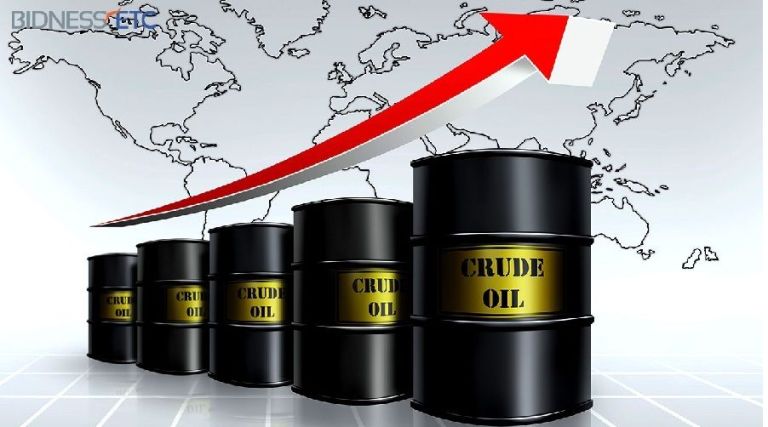Nigeria’s crude oil output increased by 30,000 barrels per day from 1.276 million barrels per day in June to 1.307mbpd in July using direct communication of the Monthly Oil Market Report (MOMR) of the Organisation of Petroleum Exporting Countries (OPEC).
Nigeria’s average daily crude production of 1.307mbpd in July showed that for the first half of 2024, Nigeria consistently fell off its budget target of 1.78 million bpd. But using DoC crude oil production based on secondary sources, Nigeria’s oil production increased by 16,000b/d from 1.369mbpd in June to 1,386mbpd in July.
Analysing both direct communication and secondary sources, Nigeria maintained its prime position as Africa’s largest crude oil supplier, Libya followed closely with 1.175 million bpd output in July. MOMR for July released yesterday also showed that the increase from Nigeria and few other OPEC countries pushed the cartel’s total out for the month to 26.746mbpd from 26.562mbpd in June, showing an increase of 185,000b/d.
The report showed that Total NON-OPEC Doc decreased from 14.228mbpd in June to 14.160mbpd, a fall of 68,000 b/d while the Total Doc: increased from 40,790mbpd in June to 40.907mbpd in July, an increase of 117,000b/d.
According to the current MOMR, using direct communication, Saudi Arabia’s output increased from 8.830mbpd in June to 8.941mbpd in July, an increase of 111,000b/d; Kuwait, 2.413mbpd in June and still 2.413mbpd; United Arab Emirate (UAE), 2,935mbpd in June, 2.933mbpd, a decrease of 2,000b/d; and Algeria, 906,000b/d in June but 909,000 in July, a rise of 3,000b/d.
But using secondary sources, Saudi Arabia was 8.918mbpd in June, 9.015mbod in July, an increase of 97,000b/d; UAE, 2.936mbpd in June, 2.952mbpd in July, an increase of 16,000b/d; Iraq, 4.194mbpd in June, and 4.251mbpd in July, a rise of 57,000b/d; IR Iran was 3.250mbpd in June and 3.271mbpd in July, an increase of 20,000b/d while Algeria’s output stood at 906,000b/d in June and 907,000b/d in July and increase of 1,000b/d.
The OPEC data stated that average crude oil prices rose by 2.5 per cent month-on-month in July to $83.3, driven by strong market fundamentals. It also noted that gains, however, were limited by global macroeconomic uncertainties and Yearon-year, prices increased by 5.4 per cent.
OPEC said: “The world oil demand growth forecast for 2024 is revised down slightly by 135 tb/d from the previous month’s assessment.
It now stands at a healthy 2.1 mb/d, well above the historical average of 1.4 mb/d seen prior to the COVID-19 pandemic. This slight revision reflects actual data received for 1Q’24 and in some cases 2Q24, as well as softening expectations for China’s oil demand growth in 2024.








